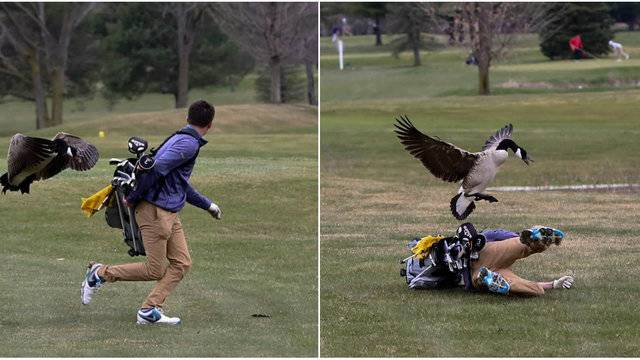Free Bird! (AKA: Flock off!)
- Chelle Hartzer

- Feb 7, 2023
- 4 min read
I’m taking my morning walk today and over the podcast I am listening to, I hear a cardinal start up. Now, when I start hearing the cardinals, I know spring is close. I realize it is just February, but this is the south, they like to do things this way. One cardinal begins, and many more are to follow so that it becomes the wake up call I really don’t want that’s way too early in the morning even though the windows are closed and my head is under a pillow I can still hear the pests! Ugh.

I recently wrote an article on birds (you can find the full article here) which was really fun because most people don’t realize what a pest birds are. Before you start with the nasty comments, this is not an “I hate birds” post. They are certainly not my favorite animal, but I can respect their position in nature. That brings up the challenge of how we control them.

But first, the why. Yes, I know every other person has a bird feeder in their backyard and loves to see the pretty little birds. (I won’t even get into the problem that bird feeders cause.) In backyards, this isn’t a huge issue. Birds become an issue when they are in more commercial situations. Everyone thinks that bird flying around inside the airport is cute until it poops on their head. Speaking of what goes in has to come out: that bird crap can get into foods and is a contaminant. It is slightly caustic so it will eventually dissolve many solid materials. It can get picked up on peoples’ shoes and gets tracked inside buildings. It’s all “pretty birdy” until no one wants to buy that extra large bag of rice in the big box store because it’s got bird shit all over it.
Most birds are actually protected species. Under the Migratory Bird Treaty Act of 1918, it is actually easier to list the birds that aren’t protected. This means most species can’t be physically harmed. Makes control of them when they start building up quite a challenge because it limits the tools we have. Even more severe is when certain birds are nesting. At that point, absolutely nothing can be done until they have left the nest. It’s all “pretty birdy” until that raging Canada goose is coming at you for getting too close to her nest.

Add on to all of that, there is also the public perception of harming, or even looking like you are harming, the birds. As mentioned above, some species are not protected which means they can be physically dealt with. Seeing a bunch of dead birds on the ground and a pest control truck nearby is not something you want to see on News at 5. It won’t do any good to say that it’s legal and it’s being done humanely, all the public will see is dead birds. It’s all “pretty birdy” until that flock of starlings nest in the tree right over your parked car.
I’m not going to get into bird control here (read this article). I do want to get into why we would want to control birds, and how to possibly avoid any negative pushback.

1. Birds are gross. The droppings and the caustic nature of them have already been mentioned but they also carry many different diseases and a host of ectoparasites. Communicating this to commercial customers who may have their own bird feeders up can help reduce the feeding and the attractiveness of being at that site.
2. Birds are a pest. When it comes to food, feed, pharmaceuticals, or any other sensitive audited site, birds are considered a pest and can not be allowed inside. When there is a huge amount of birds on the outside of a building, the chance of them getting in through an open door, window, vent, or whatever are really high. Once a single bird gets in, there are not many options for getting it out, and production has to be shut down, product has to be thrown out, and money is lost until that bird gets removed. Again, training the customer on why the doors need to be shut, and why sanitation issues should be removed outside can significantly help to ensure this doesn’t happen.

3. People don’t like them. I know, I just went on about bird feeders, pretty birds, and public perception. When birds start showing up in large numbers and they aren’t one of the charismatic species, they stop being “pretty birdy”. For commercial sites, having flocks of pooping pigeons, gaggles of noisy starlings, seagulls dive bombing people, turkey vultures staring down, or swans mauling little kids is not a great thing for the business. While it can sound a bit silly, having signs that say “do not feed the birds because they will start to bite” can help to reduce these interactions.
Despite all the challenges of managing birds and keeping sites safe, it can be done. There are tools and practices that will at least minimize bird populations if not almost eliminate them. We can come back to that in a future post. Until then, I’m going to post “no birds allowed” signs in my front yard until the neighborhood HOA starts threatening to fine me. Comment below with your challenging bird issues or contact us, we can help you build a successful bird management plan!

Lagniappe - the one on the emu made me laugh out loud and snort a little.
Urban pest consulting








Comments